By Prapti Bamaniya
Naomi Jaye’s first breast magnetic resonance imaging (MRI) led her to tears, as the gentle British nurse reminded her of her late mother who passed away of breast cancer the previous year—the very reason for her MRI.
In the cold, claustrophobic white tube, Jaye was lying on her stomach, with tears escaping her eyes, she tried her best to hold still when all she wanted to do was sob. This experience stirred a thought in her mind: “If someone were lying inside this machine with me, underneath me—what would this look like?”
Jaye is a filmmaker and has been teaching film production as a contract lecturer at Ryerson for the last six years. This thought inspired her art installation, MRI, which is an immersive experience that “highlights the intersection of the human body, the human spirit and medical technology,” according to Jaye.
“There’s something so sterile and mechanical when you’re inside a machine, feeling all of these very big emotions,” she said.
The installation will open on Nov. 4 at the Meridian Arts Centre where spectators will enter a brightly-lit space to see a row of low fabric cots on the floor with three monitors, each the size of a body on the ceiling playing a video of a dance.
Attached to each cot is a pair of headphones that play the soundtrack of the dance and the sound of the MRI machine into the ears of viewers lying on the cots.
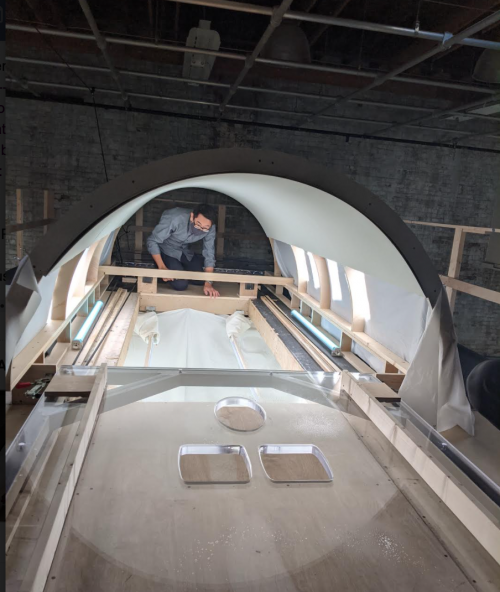
In a press release published this month, Jaye stated that “each of the three screens will represent a different experience inside the machine, much like I have had over the years.”
“It’s about where humans and machines meet, and the fact that I was having such intense emotional experiences in such a mechanical machine, where I was told not to move, is such a juxtaposing thought,” Jaye told The Eyeopener.
In MRI, the viewer is forced to lie flat on their backs on a cot, vulnerable and exposed to both the dancers on the screens above them and the other viewers in the gallery. Only the dancer and participant hear the soundtrack of the piece, connecting them through sound.
Jaye had made films for nearly 15 years before pursuing a Master’s in fine arts and film production at York University where she graduated in 2019.
MRI is her second immersive installation. Her first installation, MIRIAM’S WORLD, was her thesis, which focused on how to tell a story without a narrative.
“With installations, you’re not focusing on stories much, it’s more of a visceral experience,” said Jaye.
“It’s something about going through the process of creation that is therapeutic…it’s like a compulsion to make art.”
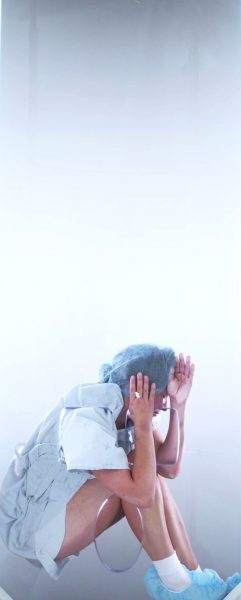
Coming from a history of traditional narrative film, Jaye said audiences usually know how to enjoy watching a movie play out, but with installations like art galleries, viewers can feel aimless, which is what she wanted to avoid in her installation.
“I want the architecture to force the viewer to be both witness as well as participant, watching the uncomfortable private experiences of the patient/dancer, who is prostrate, exposed and raw with emotion,” said Jaye.
Jay originally conceived this idea with Toronto-based choreographer Molly Johnson before COVID-19. As the pandemic ramped up, the duo had to wait before they could pursue the project.
“We couldn’t be in the same room to figure out this choreography, so [Johnson] would send me these videos,” said Jaye. “She would lean, press the button, step back and start dancing in her apartment by herself. That was a bit of a strange experience doing dance at a distance like that.”
“But otherwise…because it was such a small production, there didn’t seem to be too many challenges around COVID-19 to deal with.”
Jaye was able to bring her vision to life with help from her York University colleague and production designer Lorenzo Savoini, along with cinematographer David Nguyen who worked with Jaye on one of her previous installations.
“I just thought: I really have to make this. It’s something about going through the process of creation that is therapeutic in some ways. It’s like a compulsion to make art. I can’t explain it more than that.”


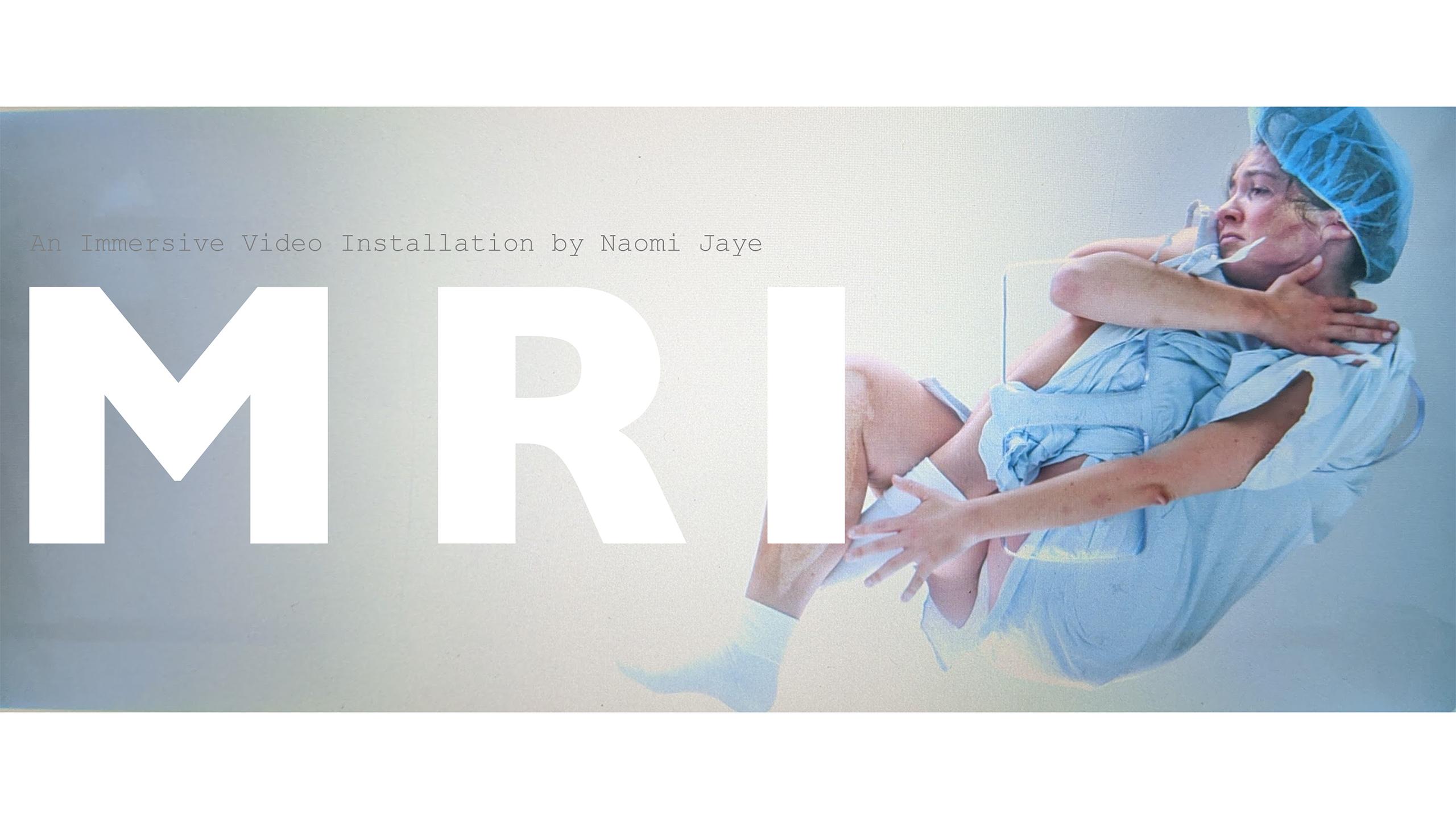
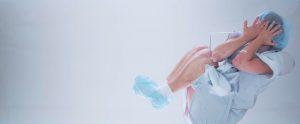
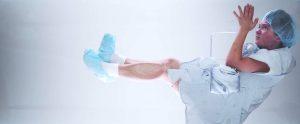








Leave a Reply